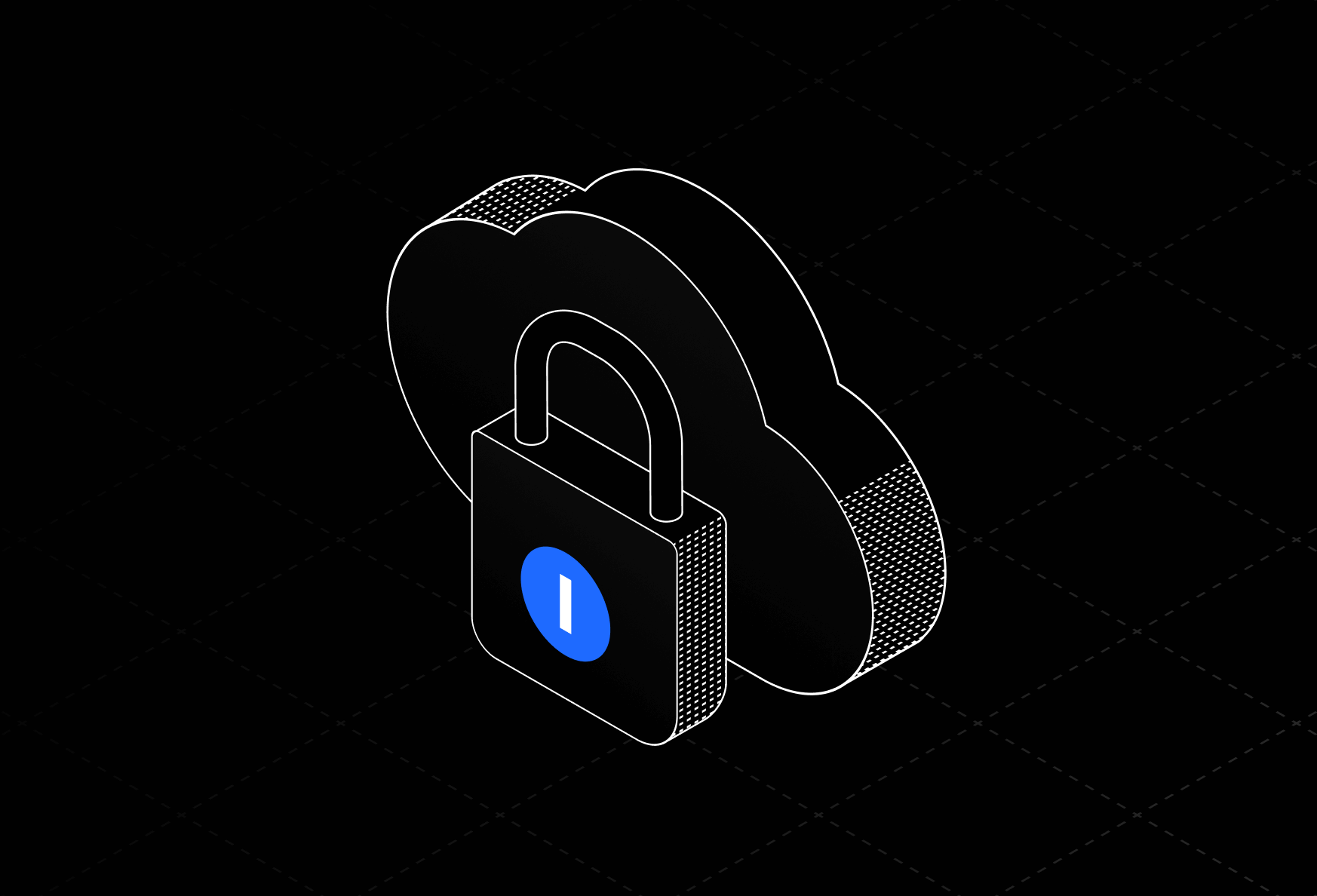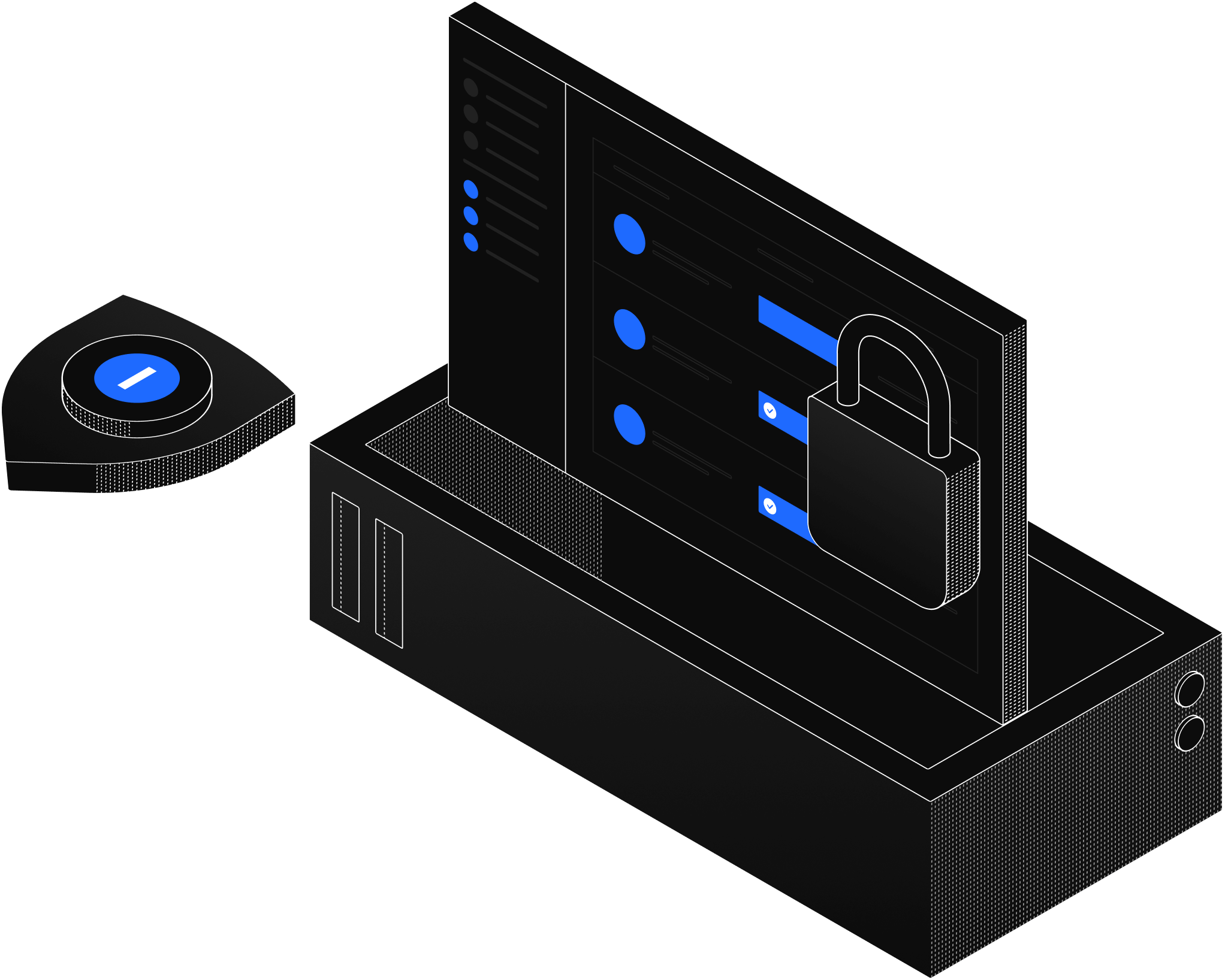The Invisible Threat in Your Checkout: How Script-Based Attacks Became Retail’s Hidden Crisis
E-commerce retailers face a growing hidden threat — malicious scripts that steal data directly from checkout pages.

It doesn’t take a headline-grabbing breach to lose customer trust. Sometimes, it’s a single invisible line of JavaScript — quietly capturing thousands of card numbers before anyone even notices.
In the last two years, script-based attacks on e-commerce checkouts have become one of the fastest-growing cybercrimes worldwide. And the truth is, most merchants have no idea they’re exposed.
What’s Really Happening Behind the Scenes
Every modern online store depends on JavaScript — the code that powers your forms, chat widgets, analytics tags, and payment integrations. But that same flexibility creates an open door.
Hackers exploit it by injecting malicious code into legitimate scripts, either by compromising a supplier, hijacking a tag manager, or exploiting a third-party dependency. Once loaded in the browser, these scripts can skim personal and payment details before they ever reach your payment provider.
This method — often called formjacking or client-side skimming — bypasses your servers entirely. That’s why traditional firewalls, WAFs, or backend monitoring can’t see it.
The Scale of the Problem
Security researchers have traced thousands of retail breaches to these attacks. The infamous British Airways breach, for example, was caused by a small snippet of rogue JavaScript that sat undetected for weeks.
Industry analyses now estimate that one in five large retail sites loads at least one script from a domain that’s been compromised in the past year.
And with marketing, tracking, and A/B testing tools constantly being added and updated, most e-commerce checkouts run dozens of third-party scripts at any given time.
Each one is a potential point of failure.

“We Use Hosted Payments, So We’re Safe”… Right?
Unfortunately, no. Even when payments are handled by a hosted provider like Stripe or Shopify, the merchant still controls — and is responsible for — the page environment around that hosted frame.
If a malicious script modifies the form, intercepts data before redirection, or overlays a fake payment window, your customers will never know the difference. And regulators now say that you are accountable for what runs in their browser.
PCI DSS v4: The New Expectation
Under PCI DSS v4.0.1, merchants must be able to prove that their checkout environment is not susceptible to script-based attacks. That’s a major shift from earlier versions, which focused mainly on server-side controls.
In plain terms: it’s no longer enough to say “we’re compliant.” You need continuous, verifiable evidence that your checkout scripts haven’t been tampered with — and that every change is recorded and reviewed.
Why Traditional Scanners Don’t Catch It
- Most vulnerability scanners focus on your backend, not what happens in the browser.
- They can’t see dynamically loaded scripts or third-party dependencies injected after page load.
- That’s why so many retailers think they’re secure — until a forensic audit proves otherwise.
What’s needed is visibility from the customer’s point of view: a real-time snapshot of everything that runs on your checkout journey.
How Checkout Audit Helps You Stay Ahead
Checkout Audit was built for this exact challenge.
- Monitors your live checkout pages from the outside-in — the same way your customers experience them.
- Captures a full inventory of all scripts running (including dynamic ones) and tracks changes over time.
- Alerts you to tampering or new content, before it can cause harm.
- Generates human-readable audit reports accepted by PCI assessors and security teams.
- Requires no installation or code changes — set up in minutes.
For the first time, retailers can see what their checkout actually loads — not just what’s meant to.
The Bottom Line: Trust Is the Real Target
When a shopper reaches your checkout, you’ve earned their trust. A hidden script can destroy it in seconds.
The e-commerce security landscape has shifted — from defending servers to defending browsers. If you can’t see what’s happening in your checkout, neither can your customers.
Checkout Audit gives you that visibility — and the proof your auditors expect. Because in 2025, protecting your checkout isn’t just about compliance. It’s about trust, accountability, and the promise that every transaction is safe.
Start your audit today — and see what’s really running in your checkout.
Own your checkout. Pass your audit.
Simple proof, steady monitoring, fewer surprises.



